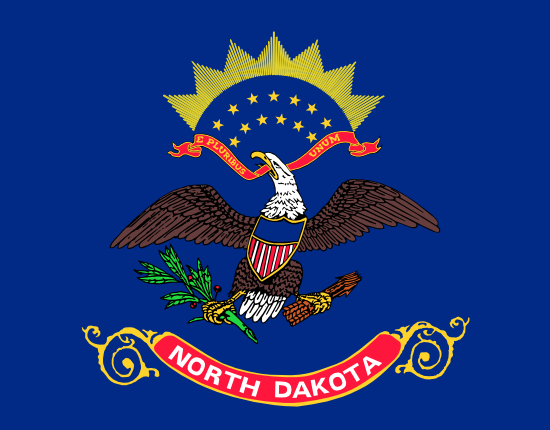
Logan
- County:
- Ward County
- County Seat:
- No
- Area (mi²):
- 1.459
- State:
- North Dakota
Logan is a CDP located in Ward County, North Dakota. Logan has a 2025 population of 274 . Logan is currently growing at a rate of 1.86% annually but its population has decreased by -24.73% since the most recent census, which recorded a population of 364 in 2020.
The average household income in Logan is $85,452 with a poverty rate of 0%. The median age in Logan is 62.3 years: 61.8 years for males, and 62.5 years for females. For every 100 females there are 124.7 males.